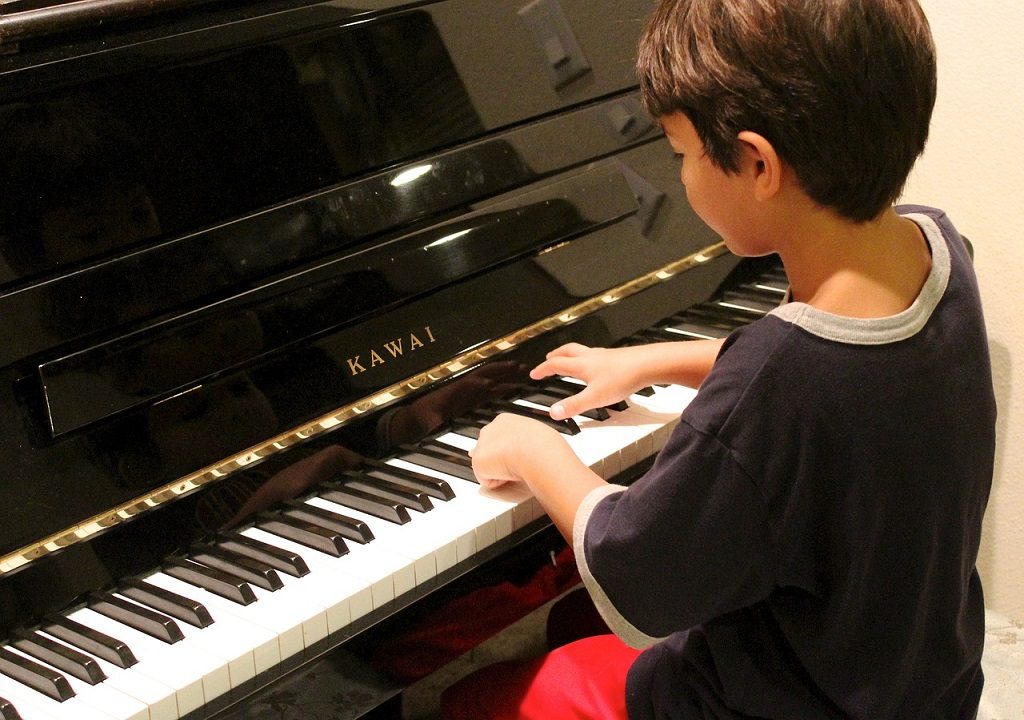Quickstart Guide to Setting Up a Private Music Lessons Business


If you’re looking for a side business to do and you’re particularly good at playing an instrument or multiple instruments, then why not consider becoming a music teacher on the side? You can go to people’s homes, have them come to your home, or if you have access to another space to use you can have people come there.
You might be wondering how even to get started in the music lesson business. One key thing is to be organised. Follow these five easy tips to get your music lesson side business off the ground, and you’ll be delighted with the outcome.
1. Advertise
You have to let people know that you’re available for music lessons. Your clientele is most likely going to be children; therefore you need to focus on parents and where they’ll be. You can take out an ad in a newspaper, start a Facebook page for your business, and makeup flyers and put them in people’s mailboxes, doors, or cars, or at the grocery store.
Reach out to the local schools and see if they’ll help you get the word out about your lessons. Local music stores might refer people out for music lessons, so give them a call and see if they’ll be willing to help you advertise your business.
Have business cards made up and hand them out to people whenever you can and post them to community bulletin boards. Once those calls come in, be prepared to sell yourself as a competent music teacher who can teach to a particular level.
2. Create a schedule
You need to keep track of the times that you’re available personally to teach lessons, but also of when you have someone coming for that lesson. You need to decide on how long the lessons should be as well. Thirty minutes is a reasonable amount of time for children, especially young children. Too much longer and they’ll get bored and distracted by it.
If you have teens or adults, you might be able to get away with doing hour-long lessons with them, so you’ll need to decide what you want to do. Then you need to determine how well you work and can keep to a schedule. It might be tempting to put students back to back, but you have to be punctual, and your clients have to be punctual as well. If you run over into someone else’s time, then you’ll continue to get further and further behind.
For these reasons, it might be beneficial to you to space lessons out a little. This way parents aren’t being forced to wait – something which could deter them from continuing to use you.
You also need to have a policy in mind for what happens if someone can’t make a lesson due to illness. Allow them the opportunity to make it up with either an extra-long lesson the following week or completely rescheduling for another day of the week if that’s what the parent wants.
3. Think about the space you’re giving lessons
You will want the space to be clear of clutter and clean and comfortable. You’ll need to have good lighting and of course enough space for you, the student, a chair or chairs, a music stand, and the instrument.
If you are going to travel to people’s homes, then make it clear to them what you’re going to require from them when it comes to the space you teach in. Be reasonable of course; it should be things like a sturdy and firm seat for their child to sit in, a music stand, and good lighting so their child can read the notes. Ideally, this will also be the child’s practice space, so it shouldn’t be too difficult to provide.
4. Cost
The most difficult thing is deciding how much to charge for your service. It’s going to depend on a lot of things. If you are travelling to them, then you will need to factor in possible travel expenses. If you have to rent out space, then you’ll probably want to pass on some of that cost to your clientele. But ultimately you’ll need to make it less than what your local music stores are charging for lessons.
Do your research to see what others are charging for lessons. If you are travelling to them, they might be willing to pay a little more for that because it means one less thing parents have to do, but you have to be reasonable. Remember to track all of your income, though for your tax purposes.
5. Teaching methods and equipment
The final thing you’ll need to consider is how you’re going to teach your students. You will need to find a good quality book that has familiar songs, bright colours, and is easy to read and understand. You can ask the parents to buy it themselves or offer it to them at an additional cost during the first lesson. Leave it up to the parents.
You will need to have a good quality music stand, a student-sized chair, and extra things for the instrument that might be needed like reeds which can break or cork grease. It’s also good to have a basic repair kit for instruments that you’ll be teaching because things happen and you need to be prepared for anything.
Offer rewards – whether it’s stickers for completing a song they’ve been working on for a while or a certificate when they’ve completed a lesson book. It will be good if you have your instrument to model what you need the child to do in their lesson.
Once you have all of these things in place, you should be ready to start a successful side business with private music lessons.








Responses